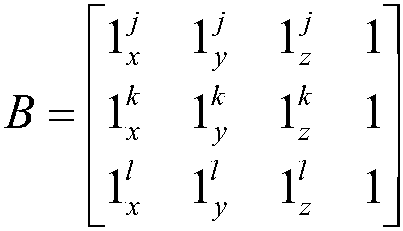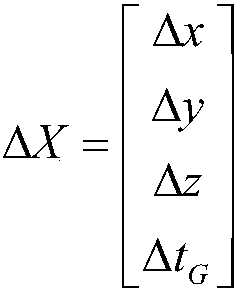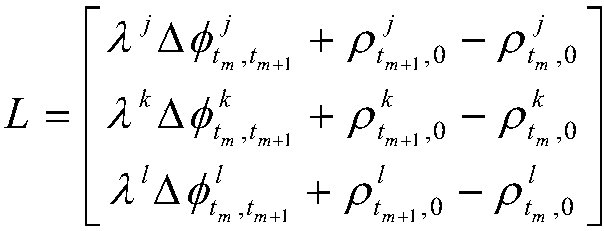Multi-mode GNSS single-frequency cycle slip detecting and repairing method supporting RTPPP and RTK
A cycle slip detection and repair method technology, which is applied in the direction of measuring devices, radio wave measurement systems, satellite radio beacon positioning systems, etc., can solve the problems of low repair probability and difficulty in detecting small cycle slips, so as to reduce missed judgments and misjudgments The probability of judgment, the effect of improving the success rate and correct rate
- Summary
- Abstract
- Description
- Claims
- Application Information
AI Technical Summary
Problems solved by technology
Method used
Image
Examples
Embodiment Construction
[0023] to combine figure 1 , a kind of multi-mode GNSS single-frequency cycle slip detection and repair method supporting RTPPP and RTK, comprising the following steps:
[0024] Step 1: Obtain the original data of BDS, GPS, and GLONASS observed by the rover station receiver. If it is in real-time RTPP positioning mode, only this data is required; if it is in RTK positioning mode, it is necessary to obtain the observation data of the base station at the same time.
[0025] Step 2: Get the adjacent epoch t m+1 , t m After the original data, the difference observation equations between epochs of GPS, BDS, and GLONASS systems are obtained sequentially
[0026] V=BΔX-L+ΔN (17)
[0027] in
[0028] design matrix by epoch t m+1 The three-dimensional line-of-sight vector composition from the satellite to the receiver at any time;
[0029] estimated unknown Indicates that the receiver is at t m+1 Time position correction number and GPS system clock offset drift of the receiv...
PUM
 Login to View More
Login to View More Abstract
Description
Claims
Application Information
 Login to View More
Login to View More - R&D
- Intellectual Property
- Life Sciences
- Materials
- Tech Scout
- Unparalleled Data Quality
- Higher Quality Content
- 60% Fewer Hallucinations
Browse by: Latest US Patents, China's latest patents, Technical Efficacy Thesaurus, Application Domain, Technology Topic, Popular Technical Reports.
© 2025 PatSnap. All rights reserved.Legal|Privacy policy|Modern Slavery Act Transparency Statement|Sitemap|About US| Contact US: help@patsnap.com



